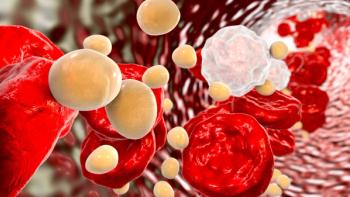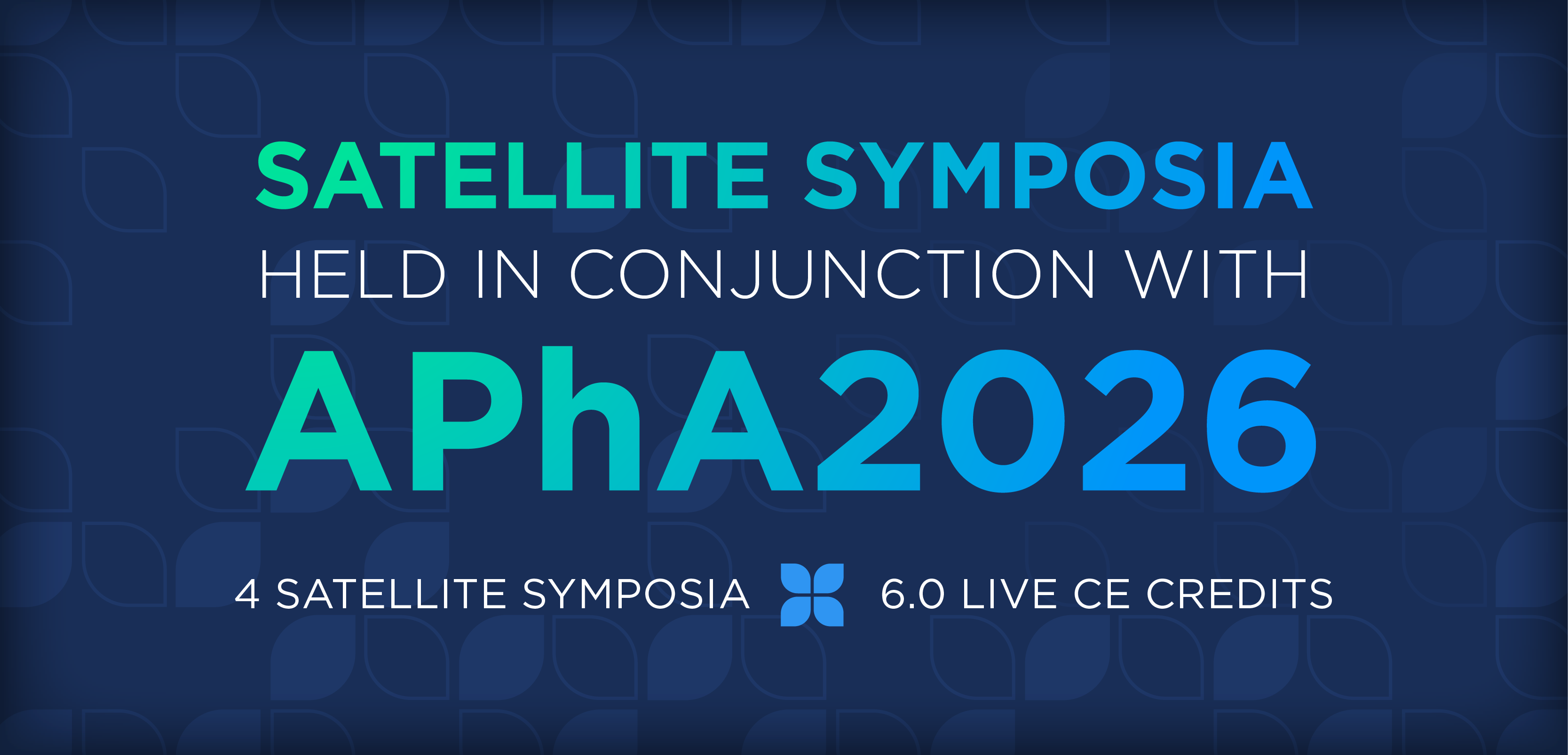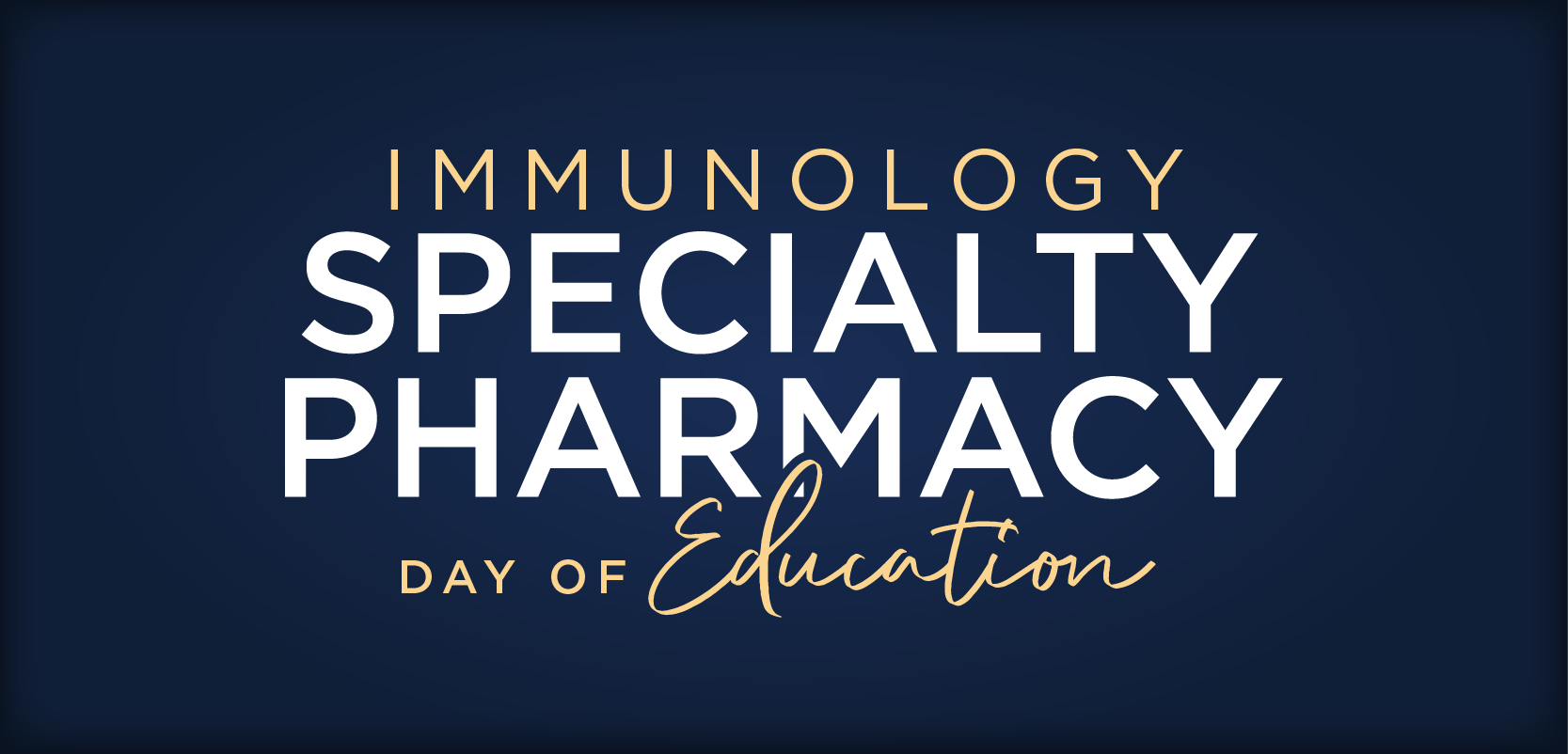
Breast Cancer Therapy Effective in Treating Ewing Sarcoma Tumors
Combination therapy eliminates tumors in more than 70% of mice.
Combination therapy eliminates tumors in more than 70% of mice.
A combination therapy including an experimental group of breast cancer drugs was found to be highly effective in reducing Ewing sarcoma tumors, according to a recent study.
Published in the November 6, 2014 edition of the scientific journal Cell Reports, researchers evaluated a pair of chemotherapy drugs that treat Ewing sarcoma with experimental poly-ADP ribose polymerase (PARP) inhibitors, which interfere with DNA repair.
PARP inhibitors are currently in clinical trials for the treatment of certain types of breast cancer, ovarian cancer, and other solid tumors.
"During the past 20 years there has been no significant improvement in the cure rate for Ewing sarcoma, and survival is just 15 to 20% for patients whose disease has spread or comes back after treatment," co-corresponding author Michael Dyer, PhD, said in a press release.
As part of the study, researchers evaluated how a defect in the DNA damage repair of Ewing sarcoma cells could be exploited through the combination of DNA-damaging chemotherapy with a PARP inhibitor, which interferes with the activity of an enzyme vital to DNA repair.
In a series of experiments on mice, researchers found that PARP inhibitors work in synergy with the chemotherapy drugs irinotecan and temozolomide to kill Ewing sarcoma tumors. As part of the study, 275 mice were divided into 15 treatment groups using different combinations and doses of irinotecan, temozolomide, and 3 PARP inhibitors that are in development for the treatment of pediatric cancer.
The Ewing sarcoma tumors disappeared and did not return for more than 4 months in 71% of mice treated with of irinotecan, temozolomide, and the PARP inhibitor olaparib. Even better results were achieved with the combination of irinotecan, temozolomide, and the PARP inhibitor talazoparib, which led to complete remission in 88% of the 16 mice who received the combination.
"Our preclinical results suggest Ewing sarcoma is particularly sensitive to this combination therapy, a possible indication that the tumor's DNA repair defect provides us with a much needed advantage to knock out tumor cells," corresponding author Anang Shelat, PhD, said in a press release. "There is some evidence that this type of defect is present in other pediatric tumors, and we are actively investigating drug sensitivity in those cancers."
The 3-drug combination therapy is expected to begin clinical trials for adolescents and young adults with Ewing sarcoma whose tumors were not treated effectively by standard therapy or returned after treatment.
Newsletter
Stay informed on drug updates, treatment guidelines, and pharmacy practice trends—subscribe to Pharmacy Times for weekly clinical insights.



















































































































































































































